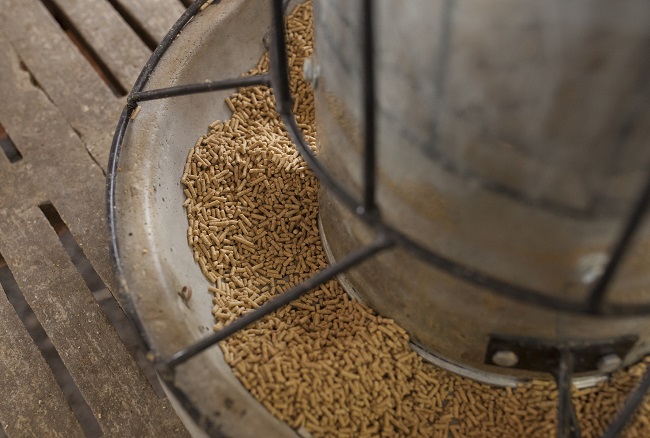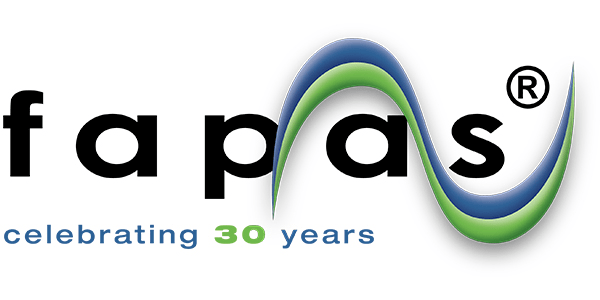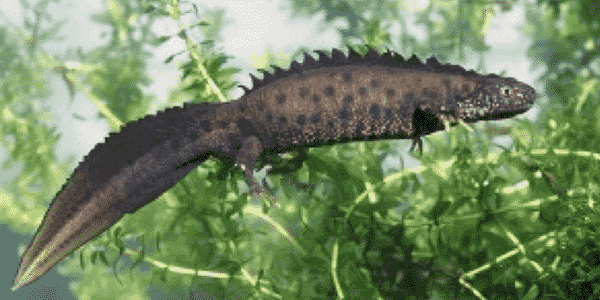
Visit our other sites
-
Fapas - Proficiency Testing
Globally recognised provider of proficiency tests, running over 400 tests annually across an extensive range of matrices and analytes
-
Great Crested Newts Testing
A single sample taken by an ecologist at any time during the newt breeding season can determine their presence or absence, saving you time and money
Fera is a UK National Reference Laboratory (NRL) for Veterinary Medicines Residues.

The main objective of the team is to develop, validate, and implement improved methods for (a) detecting and (b) determining the fate of drugs residues (both veterinary and human) in food, feed and environmental samples. This work is primarily on behalf of Defra's Veterinary Medicines Directorate (VMD). Other clients include the European Food Safety Authority (EFSA), the UK Food Standards Agency and the EU Framework R & D programmes and commercial clients from the manufacturing and food industries.
Veterinary medicines benefit animal health and welfare and public health by preventing and treating diseased animals. The aim is also to protect and improve the safety of the food people eat. The National Surveillance Scheme (NSS) for veterinary residues is a statutory scheme under which targeted samples from farms and slaughterhouses and other food processors are analysed for the presence of residues arising from veterinary medicines. Surveillance combined with the effective enforcement, investigation and inspection activities ensures the safe and effective use of veterinary medicines in the UK.

Competent Authority
The Veterinary Medicines Directorate (VMD) is the competent authority for veterinary medicinal products. Further guidance and information on UK and EU Legislation can be found here.Fera's NRL Role and Responsibilities
Fera is NRL for:
- A6 - chloramphenicol, nitrofurans honey, dapsone.
- B1, B2a, and B2b - ionophores.
- Further details of the A6, B1, B2a, B2b classes are listed in Council Directive 96/23/EC.
- Testing of all GB samples under Council Directive 96/23/EC.
Details of UK testing can be found here.
The Food Standards Agency shows how different bodies are involved in the regulation of veterinary medicines in the UK.
National Reference Laboratories
European Union Reference Laboratories
Other information - Feed Additives
The Food Standards Agency is the competent authority for feed additives.
Medicines used as feed additives are covered by Regulation (EC) No 1831/2003 and information, including MRLs, is available from DG Health and Consumers Feed Additives: Legislation

Method Validation
Methods should be validated to Commission Decision 2002/657/EC of 12 August 2002 implementing Council Directive 96/23/EC concerning the performance of analytical methods and the interpretation of results (Official Journal of the European Communities, L 221/8).
- Key parameters are Decision limit (CCα) and Detection capability (CCβ)
- All confirmed residue concentrations > CCα should be regarded as non-complaint (positive)
- Confirmation is based on identification point criteria
DG Health and Consumers: Laboratory Analysis
Guidance for Screening Methods

Maximum Residue Limits (MRLs)
Until recently, Maximum Residue Limits (MRLs) were listed in Council Regulation (EEC) No. 2377/90 of 26 June 1990 laying down a Community procedure for the establishment of maximum residue limits of veterinary medicinal products in foodstuffs of animal origin.
This was replaced by Regulation (EC) No. 470/2009 of the European Parliament and of the Council of 6 May 2009, laying down Community procedures for the establishment of residue limits of pharmacologically active substances in foodstuffs of animal origin, repealing Council Regulation (EEC) No. 2377/90 and amending Directive 2001/82/EC of the European Parliament and of the Council and Regulation (EC) No. 726/2004 of the European Parliament and of the Council).
Current MRLs are listed in Commission Regulation (EU) No. 37/2010 of 22 December 2009 on pharmacologically active substances and their classification regarding maximum residue limits in foodstuffs of animal origin.
Hormone Legislation
Banned Substances
Limits for chloramphenicol, medroxyprogesterone acetate, and nitrofurans can be found in Commission Decision 2003/181/EC of 13 March 2003.
Limits for malachite green can be found in Commission Decision 2004/25/EC of 22 December 2003.
From now on new Minimum Required Performance Limits (MRPLs) will not be set. Instead Reference Points for Action (RPAs) will be used (see Regulation (EC) No 470/2009 for details).
Imported Foods
Learn More
To speak with us about this service, or for any other services, please contact us below, or phone our experts on:
+44 (0)300 100 0323

Copyright © 2025 Fera Science Limited (“Fera”). All rights reserved.
For further information about how Fera uses any personal data collected from you, please see our Privacy Notice at www.fera.co.uk/privacy-policy.


